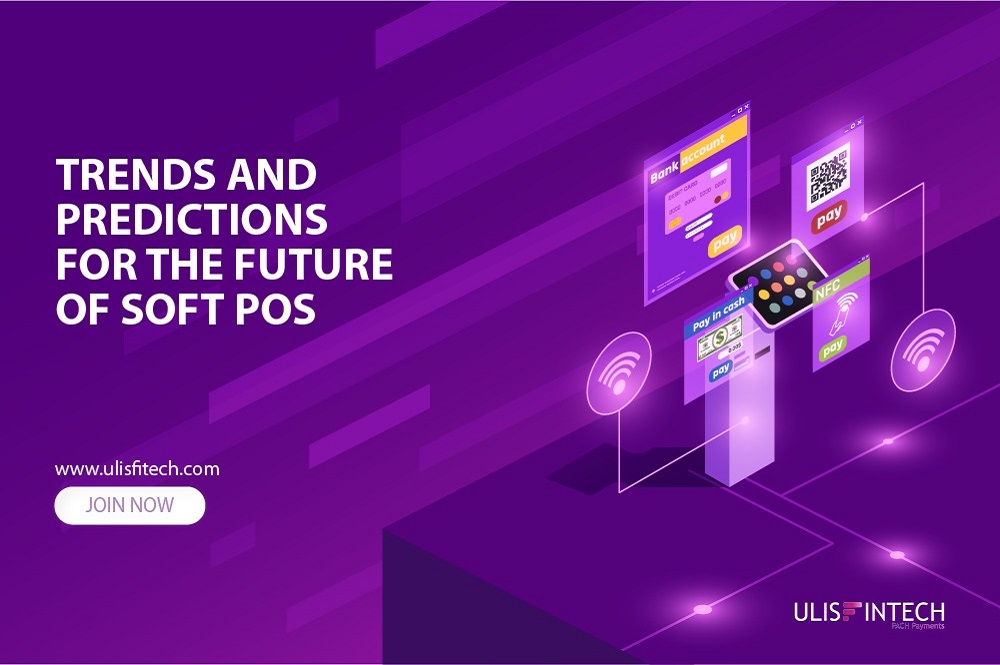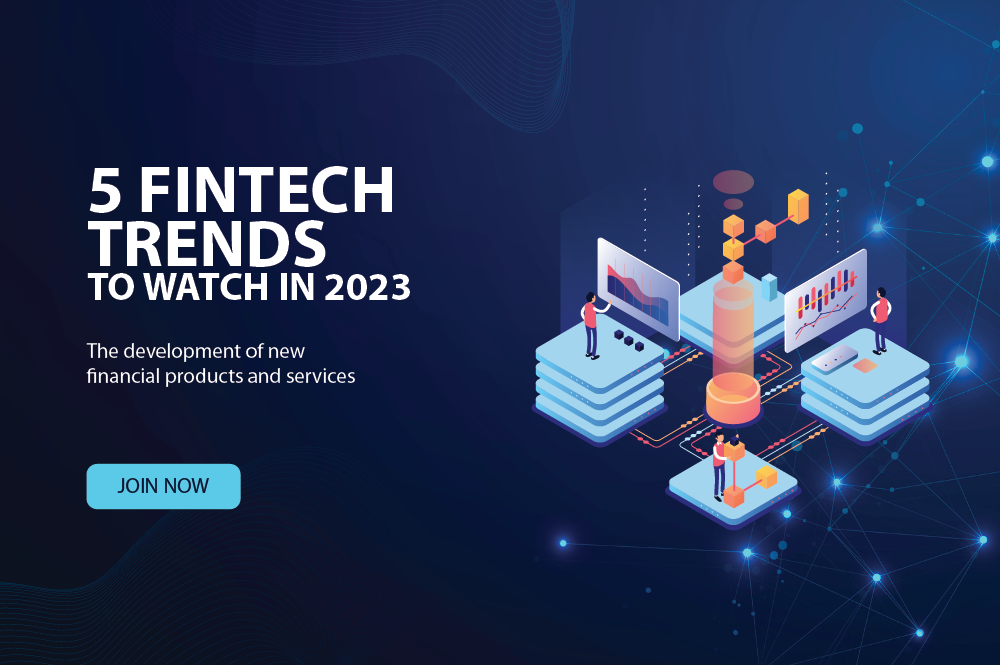Finance Brands Benefit from Digital-Savvy Consumers
May 12, 2022 - 10 MINS READ

Finance Brands Benefit from Digital-Savvy Consumers
Today's digitally aware clients have a plethora of banking alternatives at their fingertips – and they are willing to switch banks if they do not receive the desired experience. In an environment of rapid switching and poor loyalty, being on top of what customers want is critical to getting new customers and maintaining existing ones. When financial organizations understand what their clients truly want, both the banks and the customers benefit. When considering the Future Banking Ecosystem, keep the top five things clients desire from their bank in mind.
- Customers expect banking to be simple.
It may appear simple, but seamless banking with a wonderful customer experience is deceptively tough. Accessing bank goods and services should be a straightforward, seamless experience - uncluttered menus that don't require a slew of clicks or taps to do fundamental banking chores. And if a consumer is accustomed to a mobile interface, they do not want to retrain how to bank on a different desktop or tablet device. Customers' connections with their banks have increased considerably as a result of digital transformation, with up to 17 encounters per month occurring largely online or by mobile device, emphasizing the necessity of making it simple to engage. Customers will switch to another bank if a financial institution fails to make essential banking procedures simple and uniform.
- Customers want to be able to bank in a variety of ways.
Graphics aren't enough - banking consumers demand access and alternatives 24 hours a day, seven days a week: on the web at home, on their phone on the move, in physical branches, and more. Customers today use both digital and physical channels, with 65 percent communicating with their bank through several channels. Even the older, less technologically savvy individuals that prefer in-person banking are willing to extend their online or mobile-based encounters. Across numerous sectors, digital transformation has enabled fast satisfaction, and bank consumers want the same always-available, rapid access to banking as they do to other digital services in their lives. The challenge in providing options and access across physical and digital environments is ensuring smooth transitions between the two. Customers desire to be able to begin a banking transaction online without having to repeat information or chores at a physical location. It might be difficult for banks to provide numerous alternatives and a seamless, straightforward experience across all channels, but it is important to please today's clients.
- Customers expect rapid customer service graphics.
Customers hesitate to transfer when they get painfully unclear penalties and fees or when their bank fails to remedy their problems. Banks must be honest and interact with their clients, and if problems develop, they must move fast to address them painlessly on the first try. Poor customer service is cited by one-third of banking clients as the top reason they would quit their bank. Over 80% of customers who switched banks due to poor service indicated they would have stayed if their problem had been resolved on their first contact with the bank. Though quick customer service may not earn new clients for banks, it is critical for retaining existing ones.
- Customers want to be understood better.
Customers expect personalized attention and appropriate offers from their bank, not the normal barrage of promotional graphics and generic adverts. If a consumer is shopping for new credit cards, a targeted offer from their bank for a fantastic deal on a card that is tailored to their needs saves them time and money. Meanwhile, an offer for a Home Equity Line of Credit rate issued to all of a bank's clients is annoying spam that turns off the majority of consumers. Customers want to be understood so badly that they are prepared to trade personal information for personalized products. Customers connect with their banks more as they use digital channels, offering banks more possibilities to better understand client requirements, make more relevant offers at the right time and place, and ultimately boost retention while selling new products. Customers expect a high level of value from their financial goods and services.
- Discounts, Deals, and Advantages
Adoption of customer loyalty programs is increasing, but not because clients are more loyal to their bank. One-third of banking clients enrolled in at least one loyalty program in order to get the "greatest deals." Customers will go wherever they can find excellent value, with 27% of bank customers acquiring or subscribing to a new financial product or service in the last six months — regardless of whether the deal originated from their present supplier. Banks must move beyond personalization for existing clients to create outstanding, high-value financial services that attract today's intelligent banking consumers in order to compete. Customers desire convenience and value, and they are prepared to give over their personal information in return for attractive bargains and discounts. Almost half of the clients want their banks to find markdowns on goods of interest for them, giving banks a huge sales opportunity.
Clearly, today's clients have high expectations of their bank. Financial institutions must not only cater to all five consumer wants but also separate themselves from the competitors. In a high-churn economy, exceeding core consumer desires is crucial to obtaining new customers and maintaining existing ones.
Consumer trust and loyalty have increased.
It's a simple business concept that you acquire loyalty from otherwise promiscuous customers by providing an experience that's a cut above the rest. The finance sector can give apparently tailor-made solutions to its broad client base by investigating what mobile banking users truly desire. For example, a smartphone app that allows the younger population to quickly pay their connections and friends, an online browser with a strong security aspect but simpler log-in service via two-factor authentication or biometrics, or a public, an online support system for one-click support requests.
Education, direct discussion, and skill development opportunities
As previously noted, it is critical for consumer finance businesses to look human in order to gain client happiness, trust, and loyalty. Banking, which was previously exceedingly antiseptic, clinical, and nearly uninviting and scary to first-time customers, must make an example of its digital-savvy consumers in order to pave the way for future customers.
Consumer satisfaction has increased
When it comes to digitally aware clients, there is a good chance that they have a profile on social media. However, what does this mean for banks? In terms of customer service, consumer finance is the industry that receives the most inbound customer support inquiries. This is unsurprising when dealing with other people's possessions.







